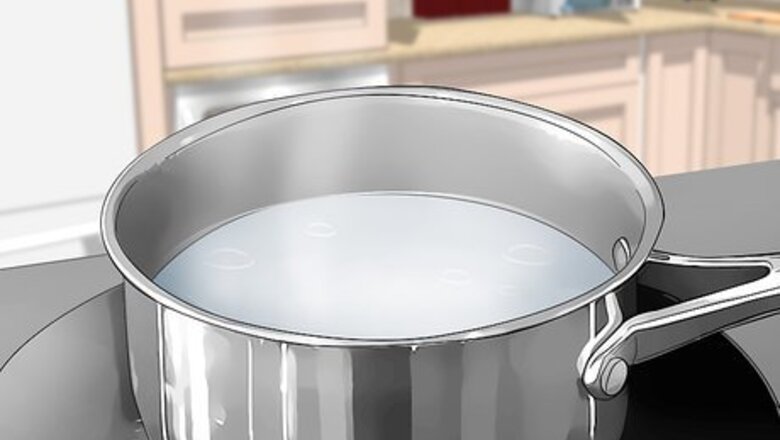
views
Softening Water for the Kitchen
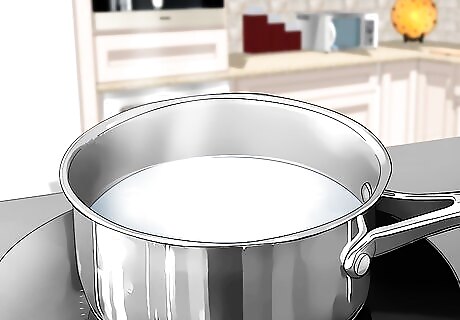
Boil your water. Boiling water only removes some types of hardness ("temporary hardness"), so it will not work for all homes. Try this once to see if it works for you: Tip: Before drinking, remove "flat" flavor by pouring back and forth between two containers. This restores air lost to boiling. Bring the water to a boil for a few minutes. Let it cool for a couple hours. White minerals should settle to the bottom of the pot. Siphon or scoop up the top of the water, leaving the minerals behind.
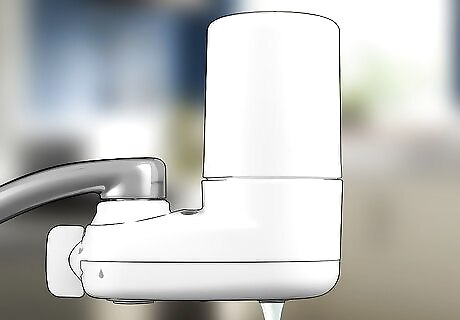
Buy a small ion exchange filter. Some models attach to a kitchen faucet, while others come in pitchers for you to store drinking water. The softened water often has a better taste, but the effect depends on the exact minerals in your water. This "filter" does not actually remove most contaminants, unless the device has a secondary filter (such as carbon filter or reverse osmosis). Most coffee fanatics dislike the taste of soft water coffee. Look for a faucet model with a switch-off valve, so you can keep your hard water brew.
Softening Water for Laundry
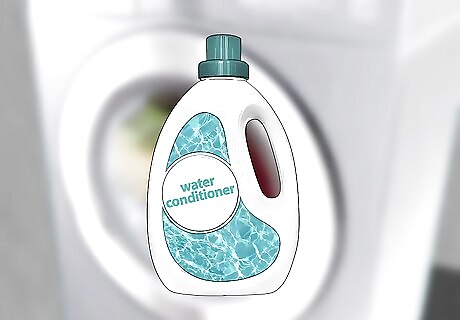
Add non-precipitating water conditioner to your laundry. These products trap some of the minerals in your water during the wash. Make sure the product is "non-precipitating" — you may need to search online to find out. Avoid "precipitating" conditioner, which leaves scale on fabric and washing machines. Once you've picked a product, add it to laundry as follows: Tip: Add it the wash cycle according to label instructions. If you don't know your area's exact water hardness, add conditioner until the water feels slippery and suds appear during the wash. Add a second batch of conditioner during the rinse cycle. Without this, all the minerals will just latch back onto your clothes.
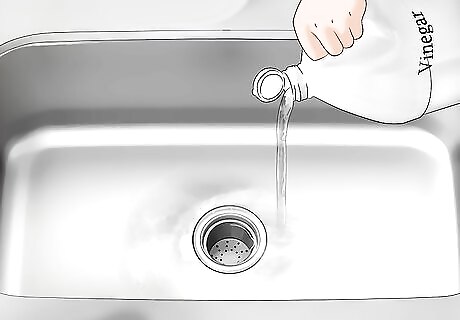
Treat hard water spots with vinegar. Distilled white vinegar can remove white spots on fabric, drains, or porcelain from mineral buildup. Apply plain or dilute with an equal amount of water, scrub away the problem, then rinse. This temporary solution can get tedious if scale builds up quickly. If your water is only slightly hard it might be a cost-effective approach. Towels can also become stiff due to hard water. Treat them the same way. Vinegar can bleach some types of fabric and damage stoneware. Some people add ½ cup (120mL) vinegar to the rinse cycle in their water, while others claim this can damage the rubber seals on your machine. Consider checking with your machine manufacturer. Learn the science behind hard water. "I appreciated how this article explained the science logically, covering topics like temporary versus permanent hardness. The detailed info helped me grasp why some solutions work on certain types of hard water but not others. I gained a deeper understanding of water chemistry." - Cathie J. Find effective solutions tailored to your needs. "With the range of options given, from boiling water to installing a whole house system, I could pick the best hard water solution for my situation. For now, I'm using a laundry additive to reduce scaling on my clothes. But down the road, I may invest in a household softener." - Nasrin H. Avoid scams thanks to insider knowledge. "Now I know to watch out for scam water softeners that use questionable methods like magnets or electric pulses. This insider advice will help me spend my money only on proven softening systems. I feel armed with the knowledge to make smart purchases." - Anant N. Understand well water challenges as a new owner. "As a first-time well owner unfamiliar with hard water, the explanations here really helped me. I learned why the feel and taste of my water changed and how I can improve it. The guidance gave me confidence in maintaining my well." - Wanda R. Did you know that wikiHow has collected over 365,000 reader stories since it started in 2005? We’d love to hear from you! Share your story here.
Softening Water for the Whole Household
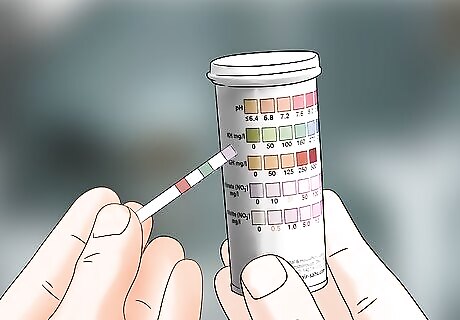
Measure your water hardness. Look online for cheap test strips, or a more accurate water hardness test kit.
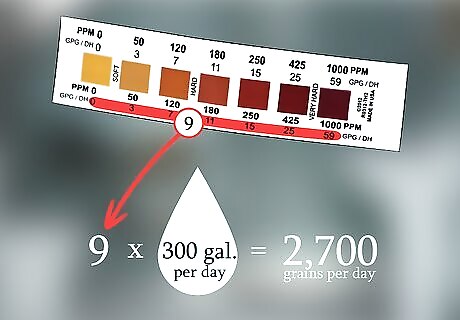
Find the right size softener. Most test kits in the United States measure the hardness in "grains per gallon." Multiply this result by the gallons of water your household uses each day, on average (according to your water bill). This is the number of "grains" of hardness the device would soften each day. Choose a softener labeled for about 10 times this number of grains. This means the softener will work for about ten days before it needs some downtime. The average US resident uses 100 gallons of water a day (or 70 gallons if you're only softening indoor water use). For example, your household water hardness has 9 grains per gallon. You use 300 gallons per day, so 9 x 300 = 2,700 grains per day. A softener in the 27,000 grain range (2,700 x 10) is about the right size.
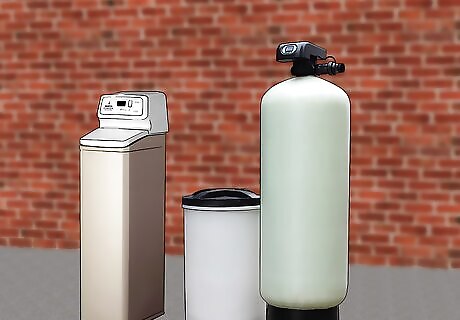
Choose a type of softener. Ion exchange softeners are by far the most effective home softener. Most other devices are much less effective, or even just scams. Ion exchange softeners come in two types: Sodium chloride: the most common and most effective type. This adds a tiny amount of salt (sodium) to your water. Potassium chloride: less effective, but useful if you can't have sodium. The potassium can harm people with damaged kidneys or on certain medications that prevent potassium absorption. If you don't want sodium or potassium, pick either type and install a reverse osmosis (RO) filter as well to remove them after softening.
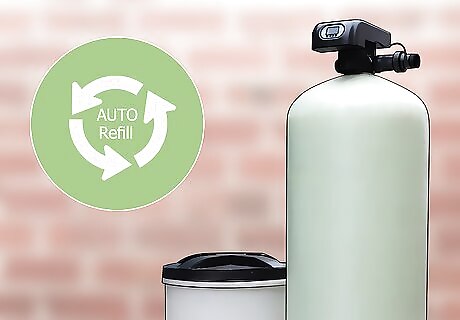
Find out how to maintain the softener. Once you've narrowed down the choice to some good models, look at the details. Many softeners refill themselves automatically, going offline for a while during this time. Some do this whenever the softening resin drops too low. Others can be set for a specific time once a week, so you're never caught with hard water unexpectedly.
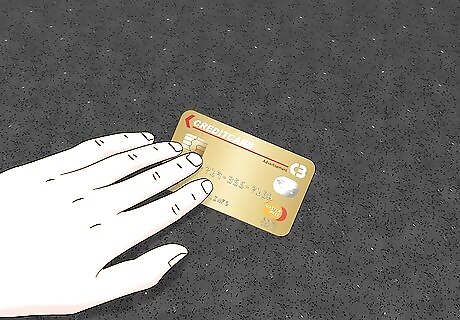
Check the leasing plan. You can buy the softener in one go or lease it for a monthly payment. Besides reducing the upfront cost, leasing it usually comes with a professional installation, so you don't have to do it yourself. Try to get at least two quotes on the installation and lease. Tip: When comparing prices, check for a certification seal as well, such as the NSF or WQA marks of approval. This doesn't guarantee top quality, but it separates the proven machines from the scams.
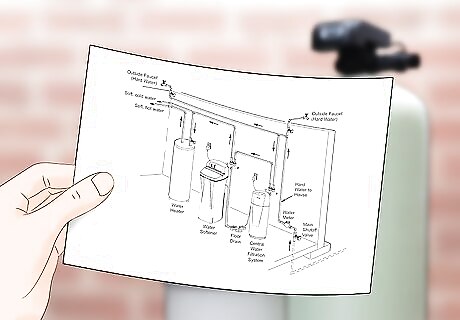
Install the softener. If you decide to install the softener yourself, follow the instructions in the linked article. Most softeners also come with detailed installation instructions, although basic plumbing experience will help.
















Comments
0 comment